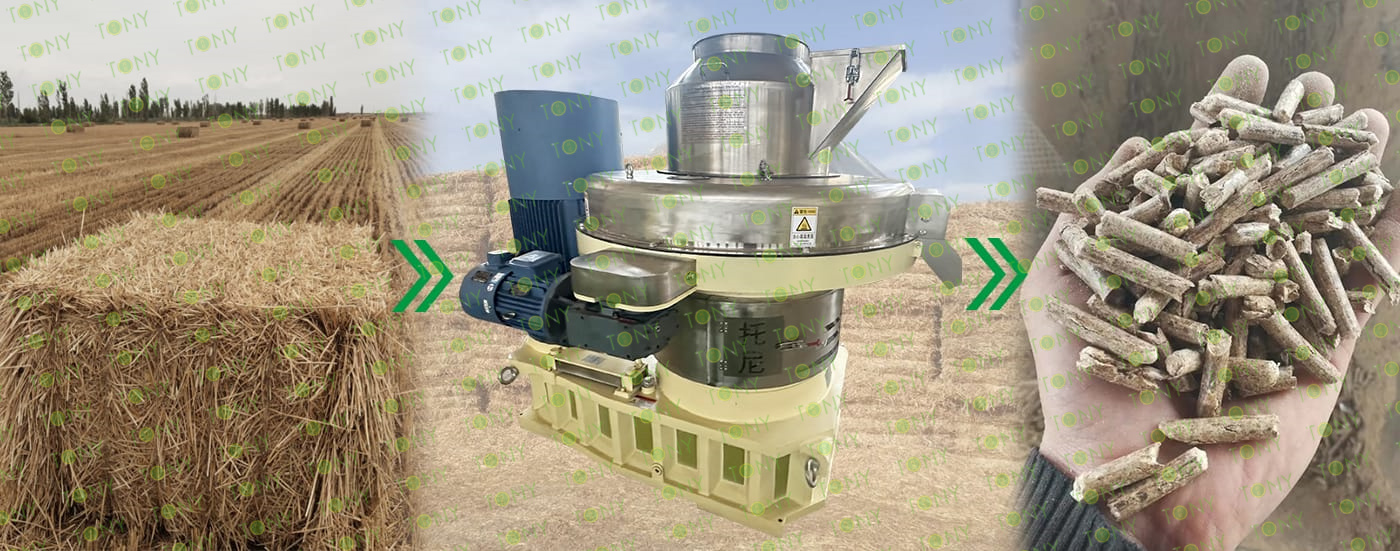In the process of advancing the "dual carbon" (carbon peak and carbon neutrality) goals, the seemingly ordinary small straw is playing a significant role in multiple aspects. Through technological innovation and industrial integration, it has become an important part of green development
1. Energy utilization: Replace fossil energy and reduce carbon emissions
Biomass power generation: Straw can be converted into electricity after being crushed and burned. For instance, burning one ton of straw can generate approximately 350 to 400 kilowatt-hours of electricity, while reducing carbon dioxide emissions by about 0.8 tons (compared to coal-fired power generation). Straw biomass power plants have been built in many places in China, such as projects in Shandong and Jiangsu, which can process hundreds of thousands of tons of straw annually.
Biogas: Through anaerobic fermentation, straw can be used to produce biogas (mainly composed of methane). One ton of straw can produce approximately 30 to 50 cubic meters of biogas. The calorific value of methane is comparable to that of natural gas and can be used as a substitute for fossil natural gas for residential gas, industrial fuel, etc. Each cubic meter of biogas can reduce about 2.1 kilograms of carbon dioxide emissions.
Solid briquette fuel: Straw is compressed into biomass pellet fuel, which can be used in heating, industrial boilers and other scenarios. Compared with coal, the carbon dioxide emissions of biomass pellet fuel are almost "zero" (the carbon dioxide absorbed during the growth process is released during combustion), and the emissions of pollutants such as sulfur and nitrogen are even lower.

2. Future Outlook
Build a closed-loop industrial chain of "farmers + collection and storage enterprises + processing enterprises + energy/material users", and reduce costs through large-scale and specialized operations, such as optimizing the straw collection and storage network by using digital platforms.
From "waste" in the fields to "green resources" that reduce carbon emissions and increase carbon sinks, the value reconstruction of straw is a vivid practice of circular economy under the "dual carbon" goals. With technological advancement and industrial upgrading, the tiny amount of straw will unleash greater potential in areas such as energy transition, ecological protection, and rural revitalization, providing solid support for achieving the "dual carbon" goals.





















